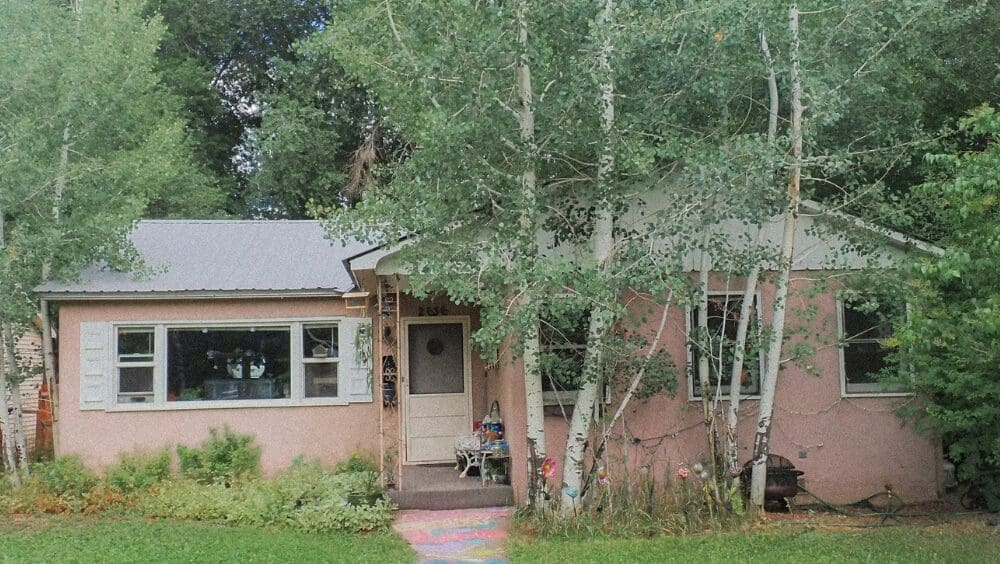
Navigating the competitive real estate landscape of Utah can be daunting, especially when you’re caught in the delicate dance of selling your current home while securing your next one. When inventory is scarce and prices are high, the pressure mounts. You might feel cornered, thinking your best bet is to sell, move out, and find a temporary location to live while you shop for a new house. But what if there was a smoother pathway? Enter the bridge loan — a strategic, short-term financing solution designed to help you purchase that new dream home without waiting for your old one to sell. In this guide, we explain the ins and outs of bridge loans in Utah and help you decide if they could be the answer to your property puzzle. We’ll also introduce you to innovative options like Buy Before You Sell programs that can streamline the entire process. A bridge loan can be your lifeline when you’re eager to secure your new home but are still awaiting the sale of your current one. Think of it as a temporary financial bridge that assists homeowners during the transition between properties. At its core, a bridge loan provides you with the equity you’ve accumulated in your existing home, allowing you to forge ahead with the purchase of your next Utah residence. However, it’s essential to note that bridge loans can come at a higher cost than traditional mortgages. Why? Lenders see them as riskier propositions, given their short-term nature and the uncertainties of real estate sales. Still, for many Utah homeowners, this tool proves invaluable in their property journey. A bridge loan often becomes an essential tool for buyers caught in the limbo of wanting to purchase a new property while their previous one hasn’t yet sold. Here’s a familiar scenario: you’ve set your sights on a new Utah home but need the equity from your existing property to manage the down payment and closing costs. Often, the lender responsible for your new mortgage will also orchestrate the bridge loan. They usually expect your current Utah home to be listed for sale and typically offer bridge loan durations ranging from six months up to a year. Now, the financial intricacies: Your lender might scrutinize your debt-to-income ratio (DTI) to ensure you’re not biting off more than you can chew. This calculation factors in payments for your existing mortgage, the impending mortgage on your new Utah home, and any interest-only payments tied to the bridge loan. There’s a silver lining, though. If you have a buyer lined up for your previous home and they’ve secured final loan approval, some Utah lenders might only consider your new mortgage payment in the DTI. This provision helps safeguard their interests, ensuring you can juggle the financial responsibilities of both properties, even if the sale of your old home faces unforeseen delays. There are distinct advantages to considering a bridge loan in Utah, which can equip you with added flexibility during your home-buying journey.What is a residential bridge loan in Utah?
How does a bridge loan work in Utah?
What are the benefits of a bridge loan in Utah?



